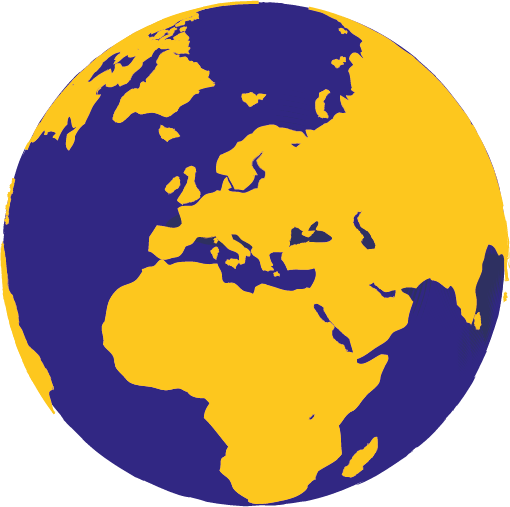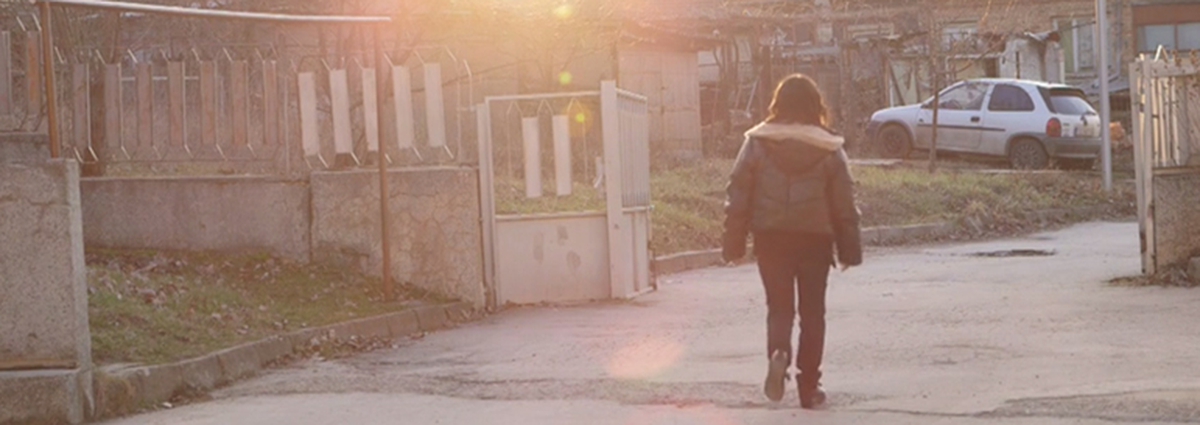Nothing prepares you for seeing a child in a cage. There is something so viscerally wrong with caging children that the image confronting you makes no sense. Look around you and you see that all the adults are behaving normally – as if caging children is a perfectly acceptable thing to do – and your own reaction becomes even more distressing. The longer you spend in an environment like this, the easier it becomes to accept the logic of cages for children. The staff believe they are doing a kindness. They will tell you, it is better to keep the child in a cage than to keep them tied to the bed – they believe there is no alternative but to tie or cage the child; that the child needs this restraint. It is the fundamental assumption behind this – that the child is the problem – that needs to be challenged.
The first little girl I saw in a cage was in Transnistria, the sliver of disputed territory between Moldova and Ukraine. In a large and dilapidated psychiatric hospital for women, there was a separate wing for girls. The children were not predominantly mentally ill, but rather had a range of disabilities. I was told that Irina was aggressive and dangerous, which was why she was kept in a cage, in a room on her own. What shocked me first was how tiny she was – an eight-year-old who looked more like five; malnourished and gaunt, she gripped the bars of her cage and rocked back and forth. This little girl was autistic; her parents had kept her in a cage at home to control her behavior. When they could no longer cope, they sent her to the institution and the cage went with her. Imagine keeping a person who has committed no crime in a cage, in solitary confinement, for years on end. This would be defined as torture.
And it was an image of a child in a caged bed in the Czech Republic in 2004 that led to the foundation of Lumos. The Czech government has made sure this practice has ceased in institutions for children, which is significant progress, but it continues in psychiatric hospital settings.
For many it was shocking that a country as developed and sophisticated as the Czech Republic would keep children in a caged environment. But if we look at the history of Transnistria and the Czech Republic, both had suffered under horrific dictatorships for decades. Across Central and Eastern Europe, the impact of dictatorship was to distort every aspect of life and of human relationships. Neighbours and work colleagues spied and informed on one another. In some cases, even children were taught to spy on their parents. The State intervention into family life was extreme – any family problems, such as divorce or a child being born with disability, or a child truanting from school, could result in the child being placed in an institution. The conditions in institutions were notoriously horrific. In that context, caging children is a logical end result.
And today, on the twenty-fifth anniversary of the Velvet Revolution, I cannot help but wonder if the brave citizens of Czechoslovakia (as it was then), who came out into the streets in their tens of thousands to fight for democracy, could have imagined that 25 years later we would still be caging children in Europe. Or that the latest example would come from the cradle of democracy itself. Chloe Hadjimatheou’s article on caged beds in Greek institutions, though shocking to many, is a depressingly familiar story. The children in the institutions have disabilities. They have behavioural problems. The staff don’t want to tie them up, so they cage them instead and see this as a positive option for children. The staff are too few to provide individual care.
But our experience shows that, for the most part, institutionalisation causes the aggressive or self-harming behavior. That with careful therapeutic intervention, children who have been tied up or caged for many years can be supported to reduce aggressive or self-harming behavior and not to ‘need’ restraint; that caging children is a logical end product of institutionalisation. Most importantly, that children need families, not cages.



